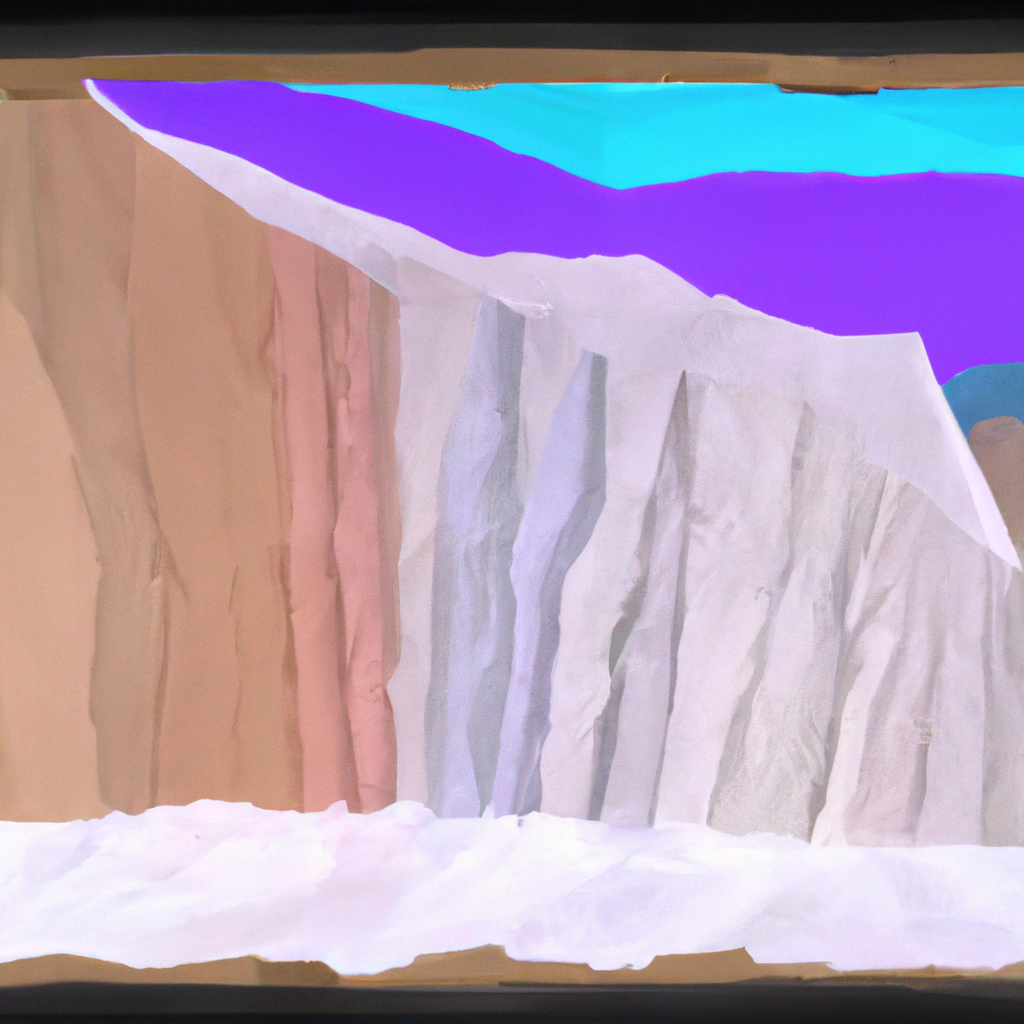Oil painting is a technique of painting that has been used for centuries to create beautiful and timeless pieces of art. The history of oil painting dates back to the early 15th century when artists began experimenting with the medium in Italy. Since then, oil painting has grown to become one of the most popular and versatile mediums in art history. In this article, we will explore the history and cultural significance of oil painting, famous oil paintings, and techniques of oil painting.
History of Oil Painting
Oil painting was first used in the early 15th century in Italy by artists such as Giovanni Bellini, Domenico Ghirlandaio, and Antonello da Messina. The technique quickly spread throughout Europe, and by the 16th century, it had become the preferred medium for many artists. One of the reasons for this was the versatility of oil paint, which allowed artists to create a wide range of textures and effects.
The technique of oil painting involves mixing pigments with oil, typically linseed oil, to create a paint that can be applied to a canvas or other surface. The oil helps to bind the pigment together, creating a durable and long-lasting paint. Oil paint also dries slowly, allowing artists to work on their paintings for an extended period of time and make changes as needed.
Cultural Significance of Oil Painting
Oil painting has played a significant role in art history and has been used to create some of the most famous and important works of art. One of the most significant contributions of oil painting to art history is the way it allowed artists to create highly realistic and detailed images. Prior to the development of oil painting, artists were limited to using tempera or fresco, which were less versatile and had a shorter lifespan.
Oil painting also allowed artists to experiment with color and light, leading to the creation of new painting techniques such as chiaroscuro and sfumato. These techniques helped to create a sense of depth and realism in paintings, making them more lifelike and immersive.
Famous Oil Paintings
Oil painting has been used to create some of the most famous and iconic works of art in history. Some of the most well-known oil paintings include:
– The Mona Lisa by Leonardo da Vinci
– The Night Watch by Rembrandt
– Starry Night by Vincent van Gogh
– The Persistence of Memory by Salvador Dali
– The Last Supper by Leonardo da Vinci
These paintings are not only famous for their beauty and technical skill but also for their cultural significance. They have inspired countless artists and have become symbols of their respective eras and movements.
Techniques of Oil Painting
Oil painting involves a variety of techniques that artists use to create different effects and textures. Some of the most common techniques include:
– Glazing: applying thin layers of translucent paint over a dried layer of paint to create depth and richness
– Impasto: applying thick layers of paint to create a textured surface
– Alla prima: a technique of painting wet-on-wet, allowing the colors to blend and mix on the canvas
– Scumbling: applying a thin layer of opaque paint to create a rough and textured surface
These techniques, along with many others, allow artists to create a wide range of effects and styles in their paintings.
Conclusion
Oil painting has a rich history and cultural significance that has made it one of the most important mediums in art history. Its versatility and durability have allowed artists to create some of the most famous and iconic works of art in history, while its techniques have helped to create a sense of depth and realism in paintings. Whether you are a beginner or an experienced artist, oil painting is a medium that offers endless possibilities for creativity and expression.







